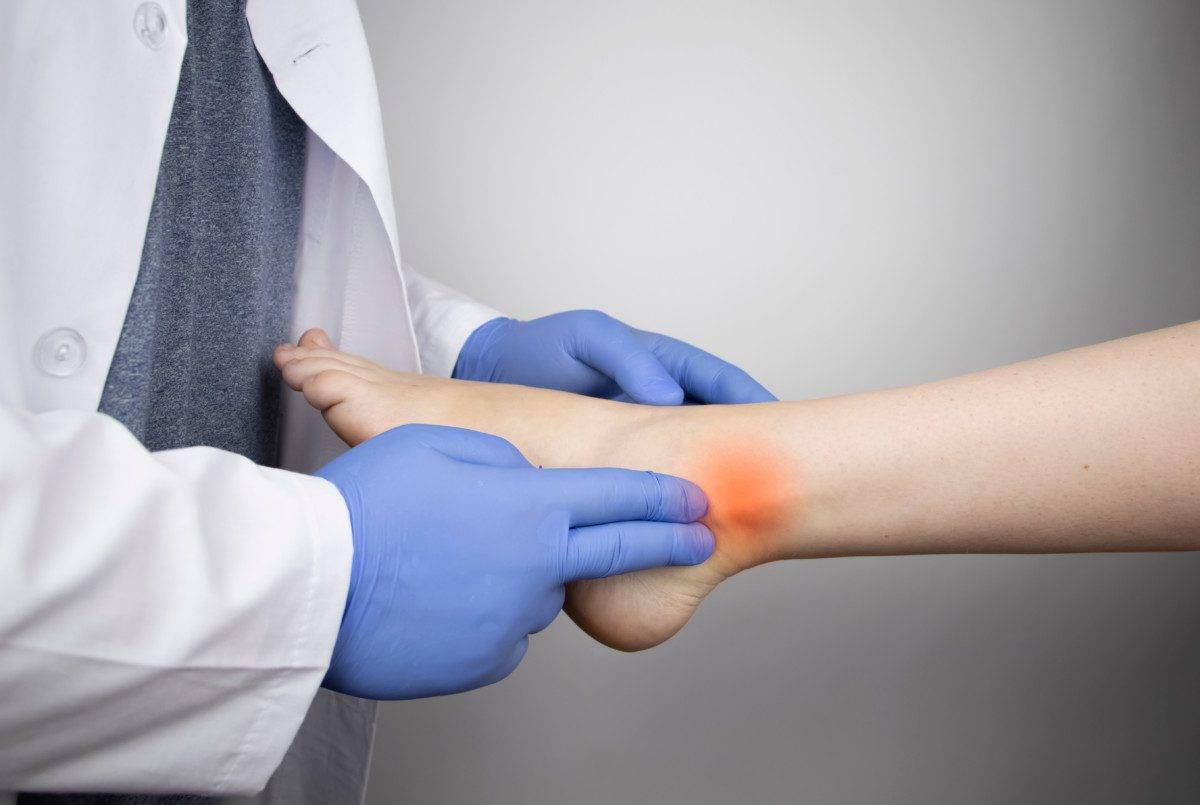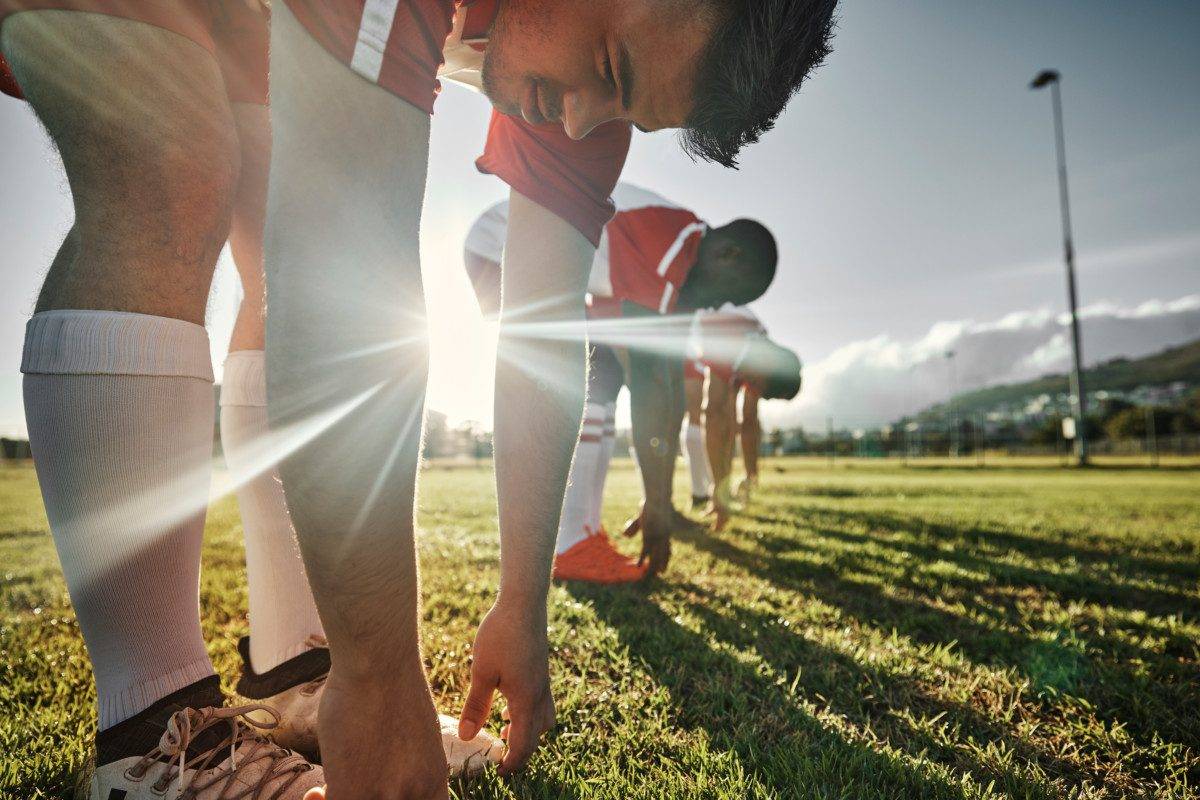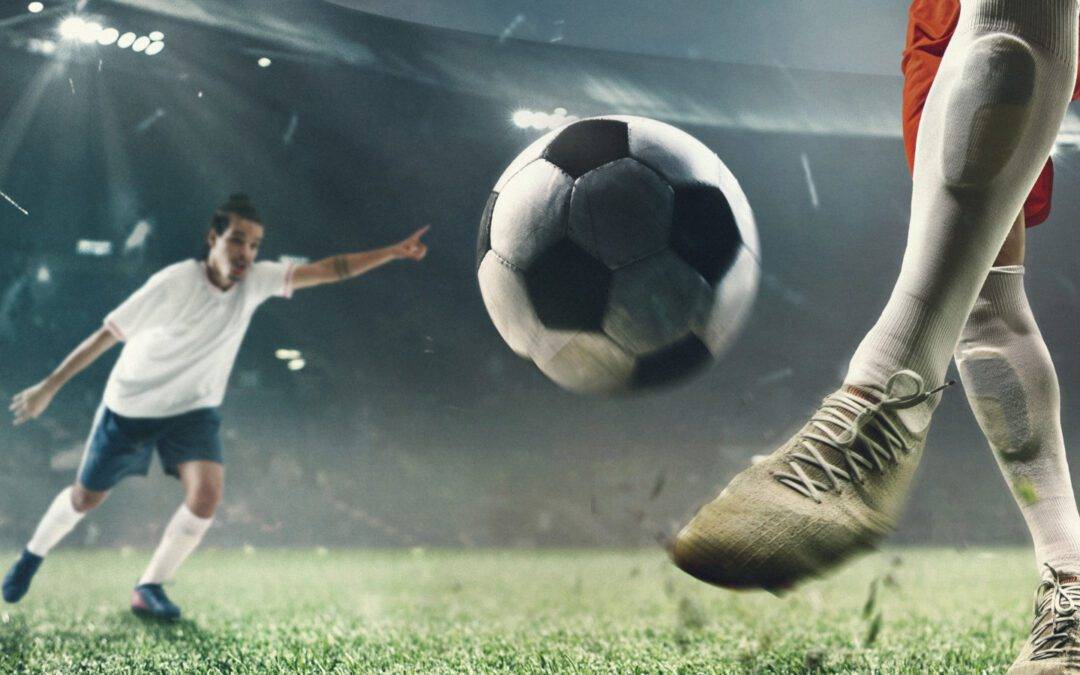By Dr. Liam Johnston, DC
The 2022 FIFA World Cup in Qatar kicked off last week and the eyes of the world are centered around soccer on a global stage that happens once every four years. Viewership of the tournament is expected to be record-breaking, with FIFA President Gianni Infantino anticipating Qatar 2022 to be watched by 5 billion people around the globe. This may seem far-fetched, however, the 2018 World Cup in Russia saw viewership numbers of around 3.5 billion on television alone. Needless to say, the FIFA World Cup and the sport of soccer are worldwide phenomena. Even though the current soccer buzz is focused on a few hundred players representing their countries in the World Cup, it should not be disregarded that there are roughly 270 million amateur participants across 200 countries, which is acknowledged as the highest single-sport participation in the world. As everyone well knows, with any sports participation there is an inherent risk of injury, and with soccer being the most popular sport worldwide, that is a lot of injuries to account for.

Soccer is considered a contact sport with emphasis on the lower extremities (hips, thighs, knees, legs, and ankles/feet) due to the nature of the game. It is an endurance sport with short bursts of sprinting involved that puts significant stress on the lower body. With the addition of slide tackling and high-impact, leg-to-leg contact, it is no surprise that most soccer-related injuries are in the lower extremities. A common soccer injury is a contusion, commonly known as a bruise. However, a contusion rarely results in days lost from training or competition. Most studies report that the top time-loss injuries, regardless of level of play or gender, are ankle sprains, knee sprains, hamstring strains, and groin strains. These account for between one-half and two-thirds of all soccer injuries. The order of prevalence of these injuries changes by level of play, with ankle sprains being more common in youth and lower levels of play, and hamstring strains being a leading cause of time loss in higher levels of play. Specifically focusing on the two most common injuries at amateur and professional levels (ankle sprains & hamstring strains, respectively), prevention and adequate treatment of these two injuries could have a massive impact on overall time lost to injury worldwide.
The mechanism of injury for ankle sprains is either non-contact with stepping on uneven ground, landing on another player’s foot, or cutting, and through contact with the opposing player sliding into the ankle, forcing the ankle into inversion. Hamstring strains are typically described as a sprinting injury, with high muscle tension/contraction in a stretched/lengthened state, and most frequently occurring in the biceps femoris muscle.

Soccer injury prevention programs have been heavily studied in recent years, and the widely accepted FIFA 11+ warm-up program has emerged as the most effective prevention of soccer injuries to date. The most compelling evidence came from a randomized control trial using the FIFA 11+ warm-up compared to a traditional warm-up in 125 Norwegian amateur soccer clubs over an 8-month period. The results found the FIFA 11+ intervention group saw an overall decrease in risk of injury by 30% compared to the control group. The 11+ program has 3 parts: running exercises and dynamic stretching (part 1) followed by 6 exercises (part 2), each with 3 levels of increasing difficulty to improve strength, balance, motor control, and core stability. This is then followed by further running exercises (part 3). The entire warm-up takes about 20 minutes to complete.

Even when taking all the necessary preventative measures, injury in sports can still occur, and on the flip side of prevention, there is recovery from sport-related injuries. Here at Active Approach Health & Wellness Centre, we take our time to effectively evaluate and diagnose injuries, while providing the most effective care possible to our patients. With ankle injuries, treatment would vary based on the severity of tissue damage and the timeline of the injury. However, in a general sense, the early stages of treatment would focus on reducing pain and swelling of the ankle, limiting further injury by reducing activity level, and making sure the ankle range of motion is maintained. Later in the injury timeline, the treatment focus would shift towards returning the ankle to the full range of motion, regaining lost strength in lower extremity musculature, and advising the patient on a gradual return to play. Specifically, we would use interferential current in the lower leg to decrease pain, induce muscle relaxation, and increase blood flow to the area. We also implement low-level laser therapy (LLLT) directly to the injured ligaments to decrease swelling and accelerate the healing rate. Soft-tissue therapy and Active Release Techniques® to surrounding musculature help increase range of motion and decrease muscular tension, and provide a coordinated sequence of stretches and exercises in a stepwise manner to regain full function of the ankle and lower extremity.

If you have been watching any of the FIFA World Cup so far, specifically news regarding the Canadian Men’s Team, you probably would have heard quite a bit about hamstring injuries, as Canadian soccer superstar Alphonso Davies is currently recovering from a hamstring injury that he suffered in early November. Furthermore, when looking at the injury report for all of the 2022 World Cup teams, hamstring injuries outnumber all other injuries reported. Hamstring strains are no joke, especially when you are a soccer player. It is very important through the recovery phase of hamstring strains that you allow the muscle proper time to heal before returning to activity/sport. Based on the severity of the strain, recovery timelines can range from three weeks to three months. Effective treatment options following an accurate diagnosis can help decrease this recovery time by utilizing some of the treatment options listed above, as well as the addition of acupuncture/dry needling that helps decrease pain and increase blood flow to the area by specifically targeting tight and aggravated bands of tissue with an acupuncture needle. Graston Technique®, which is an instrument-assisted soft tissue mobilization treatment option that we would utilize to help break down associated scar tissue and fascial restrictions in the hamstring muscles and surrounding area to further speed recovery.
Although this article has been focused on the two most common soccer-related injuries, ankle sprains, and hamstring strains, we utilize the aforementioned treatment techniques to treat a vast range of injuries, sport-related or not. If you sustained an injury, recent or old, and are still dealing with associated symptoms or functional impairments, we’re here to help! Book a consultation appointment with one of our skilled healthcare professionals and we’ll get you on the road to recovery and Get You Back to Your Active Life!

